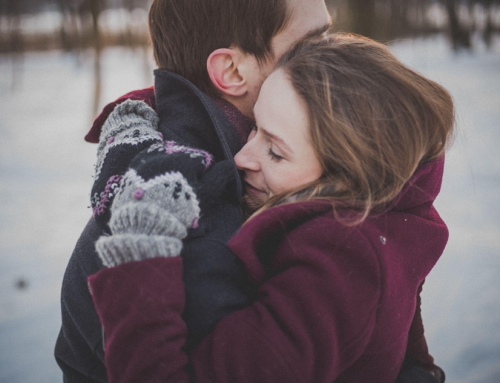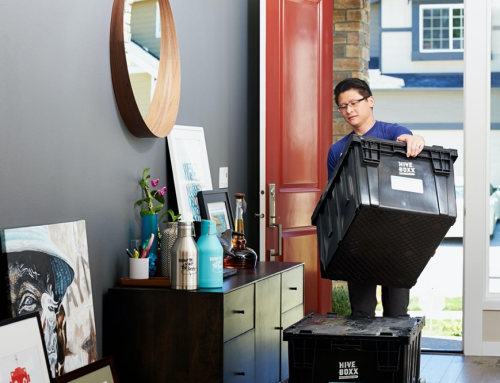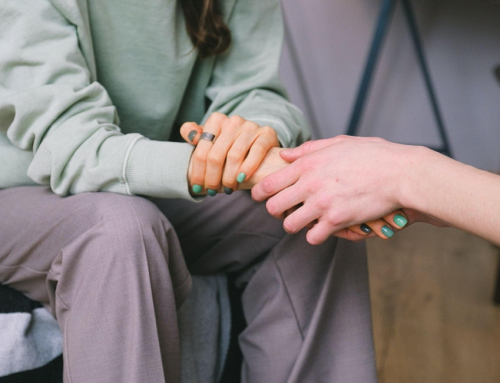
Photo by Katherine Chase on Unsplash
For those of us with attachment trauma or insecurity in our pasts, there is often a pattern we follow on our way to finding satisfying and secure relationships. If you don’t remember what attachment trauma or an insecure relationship are, here are definitions. Secure attachment with a caregiver or partner provides a sense of being seen, soothed, safe and secure. Insecure or traumatic attachments (avoidant, anxious, ambivalent) lack those attributes. A child or adult with insecure attachment feels alone, empty, uncared for and as if their emotions don’t matter.
My therapist recently pointed out the progress I have made regarding intimate relationships. Over many years of work, trial and error, I have moved from creating insecure attachments with intimate partners to ones that provide more soothing and safety. How did this happen? What is the pattern?
There are three stages my therapist has seen in her clients who have grown more secure:
3 Stages to Secure Relationships
- At first, a person with a past of traumatic attachment chooses someone as a partner who reinforces their negative beliefs about themselves.
I did this with my husband. Since childhood, I’d had a feeling I was inferior to my more extroverted and aggressive sister. I did not feel I was particularly talented at anything because the things I was skilled in — empathy, emotional support, building deep relationships — were not valued as highly as being competitive, popular and being outspoken.
I also believed I had to keep my emotions under tight control. Any sign of vulnerability or tears, was blood in the water to my sister and went largely unaddressed by my parents. I often felt I had to handle the hard emotions by myself.
My ex-husband specialized in competitiveness and speaking with conviction. He also kept his emotions under tight control. It felt like the right way to be, albeit inauthentic to me.
2. If an insecurely attached person leaves the first relationship, they often move on to another person similar to the first, but this time the insecurely attached individual has changed or grown. They have a better understanding of themselves and do not have to stay if the relationship is not secure or does not make them feel safe.
I did this with another long-term relationship I had post-divorce. I knew what I needed to feel seen, soothed, safe and secure. I knew my empathy and relationship building skills were valuable and that I could make others feel calm. I realized I did not have to put up with someone making me feel small or uncomfortable. I didn’t have to keep suppressing my emotions. It was OK to need someone to care about how I felt on the inside.
I had experienced healing in the relationships I had with my sister and father. We had all spoken openly about what did and did not happen during our childhood. There was a sense of being known finally and accepted.
3. Lastly, the insecurely attached person chooses a different kind of partner. One they don’t surrender to or fight against. One they can be themselves with and feel loved.
My current relationship feels like this. I used to tell my ex-husband I wanted to feel cherished. I think what I meant was I wanted to feel known and loved for who I am on the inside. I now maintain my integrity but also share and connect with my partner. I feel cherished. I work to make sure he feels deeply loved too.
Once in a reassuring and secure relationship, it was easier to give and be responsive to my guy. I had more energy. Holding down my emotions and feeling like I was not right, took up a lot of energy. So did forcing myself to be aggressive.
My therapist told me to celebrate my progress. It feels great and I am so grateful.

Photo by Kaitlyn Baker on Unsplash
Do you see yourself in one of these stages? If so, what stage are you in? If not, are you in a secure relationship? What makes you feel secure?
If you are working through the stages and want help progressing, please contact me for relationship coaching. I can help you build self-awareness and secure relationship.
I also write about moving along the maturity continuum in my book The Quiet Rise of Introverts. Check it out to learn how to move from dependence to interdependence.








Leave a Reply